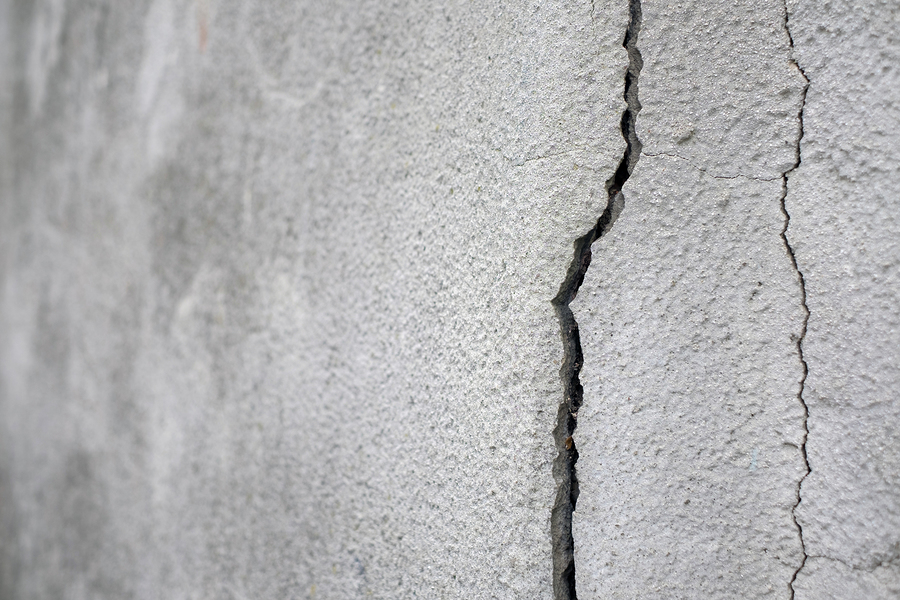
A building’s stability is only as reliable as its foundation. A foundation’s purpose is to support the structure above and keep it upright, but a poor foundation can be a danger to its occupants and surrounding properties. For this reason, it’s vital to understand why home foundations are a critical part of home inspections, as underestimating the importance of a strong home foundation can be extremely hazardous.
What Are the Roles of a Foundation?
While a foundation can come in many forms – including spread footings, grade beams, pier foundations, etc. – they all play vital roles in protecting a home from disaster. The following are just a few of the important roles of a foundation:
- It supports and evenly distributes the weight of the building and its inhabitants.
- It keeps the house from settling differentially, which could tear the home apart.
- It prevents the penetration of ground moisture, which leads to mold and a weakening house structure.
- A well-constructed foundation keeps the house standing against the forces of nature.
- It keeps the home stable in the event of natural disasters such as earthquakes or floods.
What are the Signs of a Poor Foundation?
Foundation issues are often more insidious than a sinking house, and they can often mimic benign problems. Thus, when buying or selling a home, it’s wise to hire a home inspector to check for the following signs of foundation damage, some of which are discussed in our blog, What Inspectors Look for in Your Basement:
- Exterior cracks: Large, winding cracks in the concrete are clear signs of foundation damage.
- Drywall damage: Long, zig-zagging cracks or nails popping out in your walls allude to a poor foundation.
- Expansion joint separation: If separation is noted in the expansion joint – a structure designed to compensate for concrete movement – it’s a sign of a failing foundation.
- Bowed walls: Walls that pull away from the house or doors and windows falling out of square with their frames are signs of failing structural integrity.
- Uneven ceiling and roof: If the gradient of your floor or roof is off by several inches, it’s a sign of a shifting or cracked foundation.
The reasons why home foundations are a critical part of home inspections cannot be stressed enough, especially when ignoring the warning signs can lead to a failed home inspection and eventually structural damage. Therefore, whether you are a current homeowner or are looking to invest in a new home, it’s critical you hire an experienced home inspector to look for signs of foundation damage. At the Homeinex Corporation, our experienced staff can perform an in-depth home inspection to ensure your investment doesn’t go to waste. Contact us today to schedule an appointment.